
How to Dress for Hiking
The way you need to dress for hiking largely depends on the conditions you plan on hiking in. You need significantly less coverage for a quick hike in the heat of summer than you need for an extended hike in the middle of winter. Regardless of the specifics, however, you should wear clothes that wick away moisture from your skin while preventing precipitation from getting you wet. You should also dress in a base, insulating, and shell layer.
Shell Layer
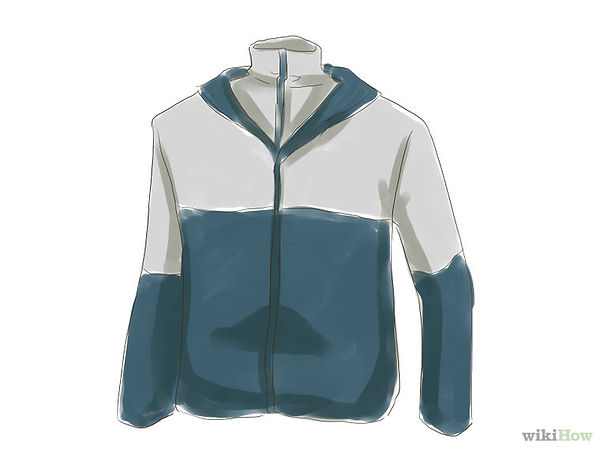
Purchase a jacket with a water-resistant exterior and a removable fleece interior for the most versatility.
A basic waterproof exterior keeps you dry during mild to moderate precipitation, regardless of the temperature outside. A fleece interior keeps you warm during the winter, and selecting a removable interior makes it easier to adapt the jacket to warm weather use.
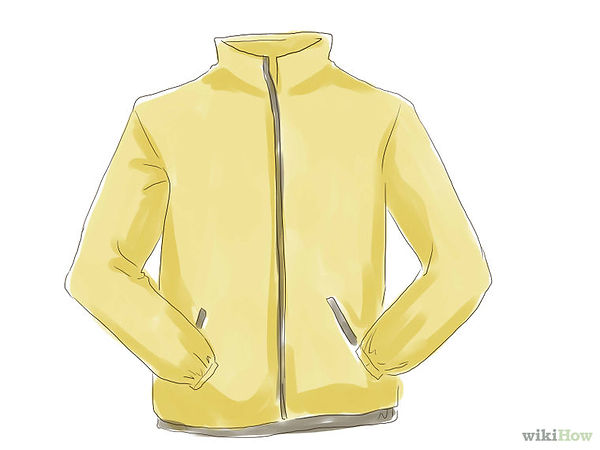
Opt for a simple windbreaker during warm and slightly cool weather.
Windbreakers prevent you from catching a chill on a breezy day, but they do not provide much insulation for more extreme conditions.
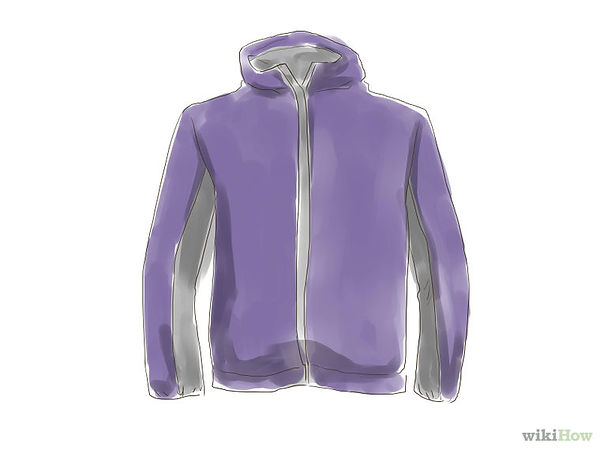
Look for waterproof, breathable shell if you plan on braving harsh conditions.
Waterproof shells are designed to carry your perspiration from the inside of your jacket out, while simultaneously preventing large drops of precipitation from finding their way inside the jacket. These jackets are the most useful, but they also tend to be the most expensive.
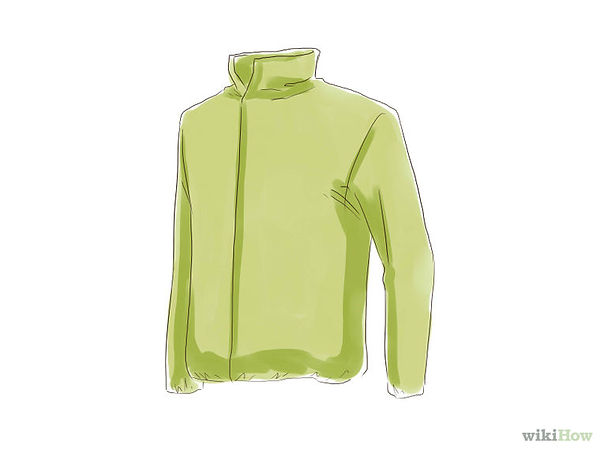
Compromise with a water-resistant shell.
These jackets are less expensive than their waterproof counterparts. Tightly woven fabric blocks out wind and light rain, but it will soak through in heavy downpours.
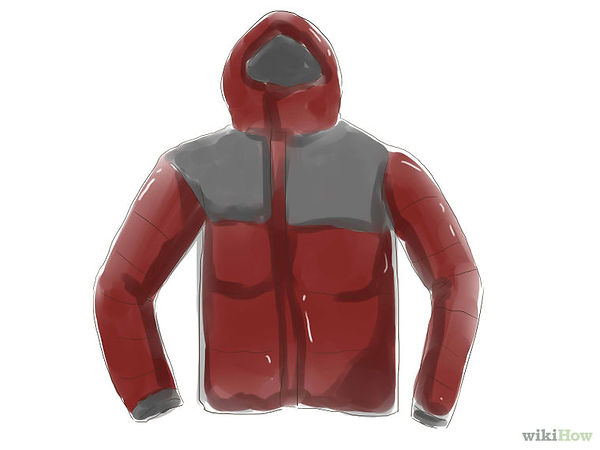
Remember to wear insulation for cold weather hikes.
Even if your base and mid layers are heavily insulated, your outer layer still needs to provide you with additional warmth.
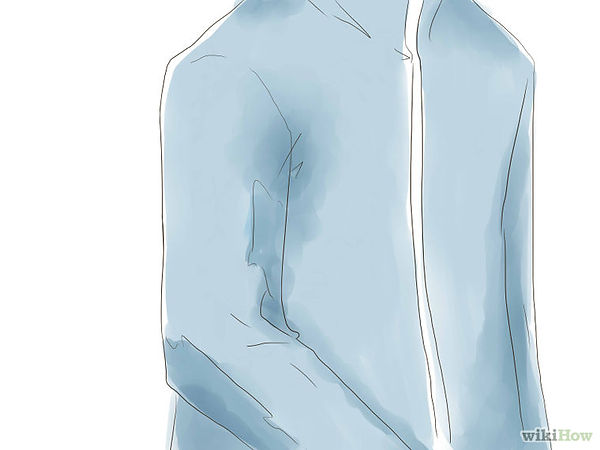
Avoid non-breathable shells.
Non-breathable shells are generally very durable and waterproof, but they trap your body heat inside and prevent your skin from breathing. As a result, you risk overheating.

Invest in additional features.
Hoods, pockets, and vents are all useful, but they also drive up the price of a jacket. If you plan on hiking seriously, however, you should invest in a hooded jacket with plenty of pocket space and zipper vents that can regulate your temperature.
Thanks to all the authors for contributing:
-
Rainbowcatz
-
Catdog
-
Lutherus Shyrilser
-
Maluniu
-
Donagan
-
Noah Lovelady Allen
Licenses: cc-by-sa-nc-3.0-self






